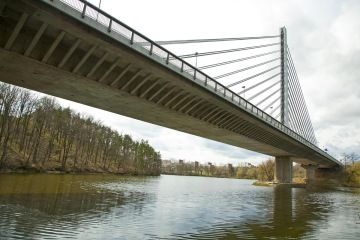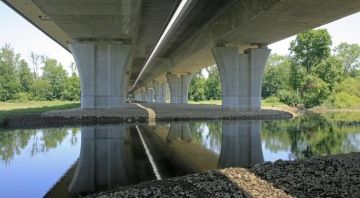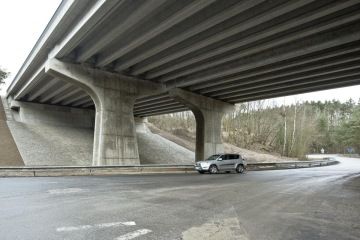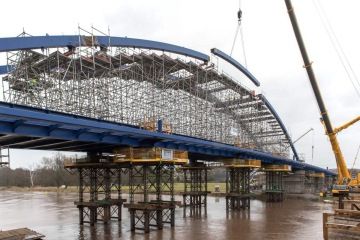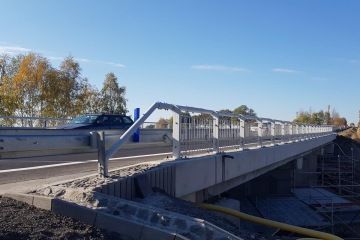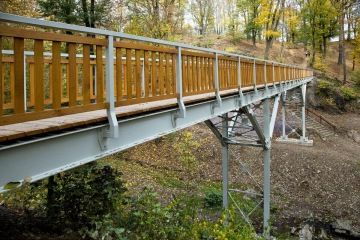Our services

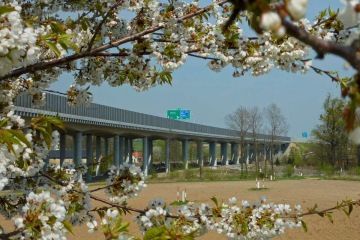
Building monolithic bridges by casting in-situ on movable falsework achieves the lowest cost per square metre for multi-span bridges. This cost efficiency comes from the technique’s relatively low demands in terms of material, equipment and labour. What’s more, the cost efficiency increases with the number of spans, which makes it especially suitable for long bridges, e.g. spanning valleys at heights of up to 20 metres above the terrain. Typically, such bridges would use girders of a TT section design.
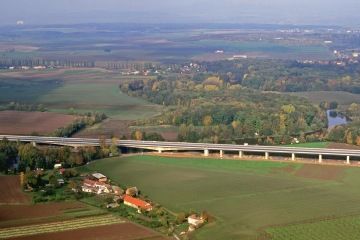
Bridges of medium to long spans are often built using cast-in-place segmental construction. In our practice, this approach is usually applied when building bridges with spans from 100 to 150 metres. Using this method, individual spans are cast in place from a pier advancing symmetrically in both directions. This approach offers several benefits: there is no interference with the space between piers, the decks can be shaped as required, and the approach can be used for building bridges of considerable heights.
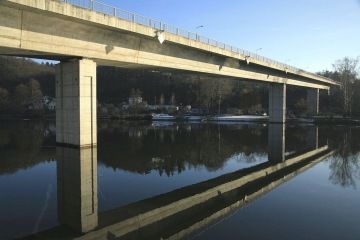
When using the incremental launching method to build a monolithic bridge, the deck is cast in-situ, usually close to one of the future bridge’s abutments. Using hydraulic jacks and a movable structure, the cast section is pushed into position. This technique was especially beneficial, for example, when building the new bridge across the Vltava River in Davle, just south of Prague.
